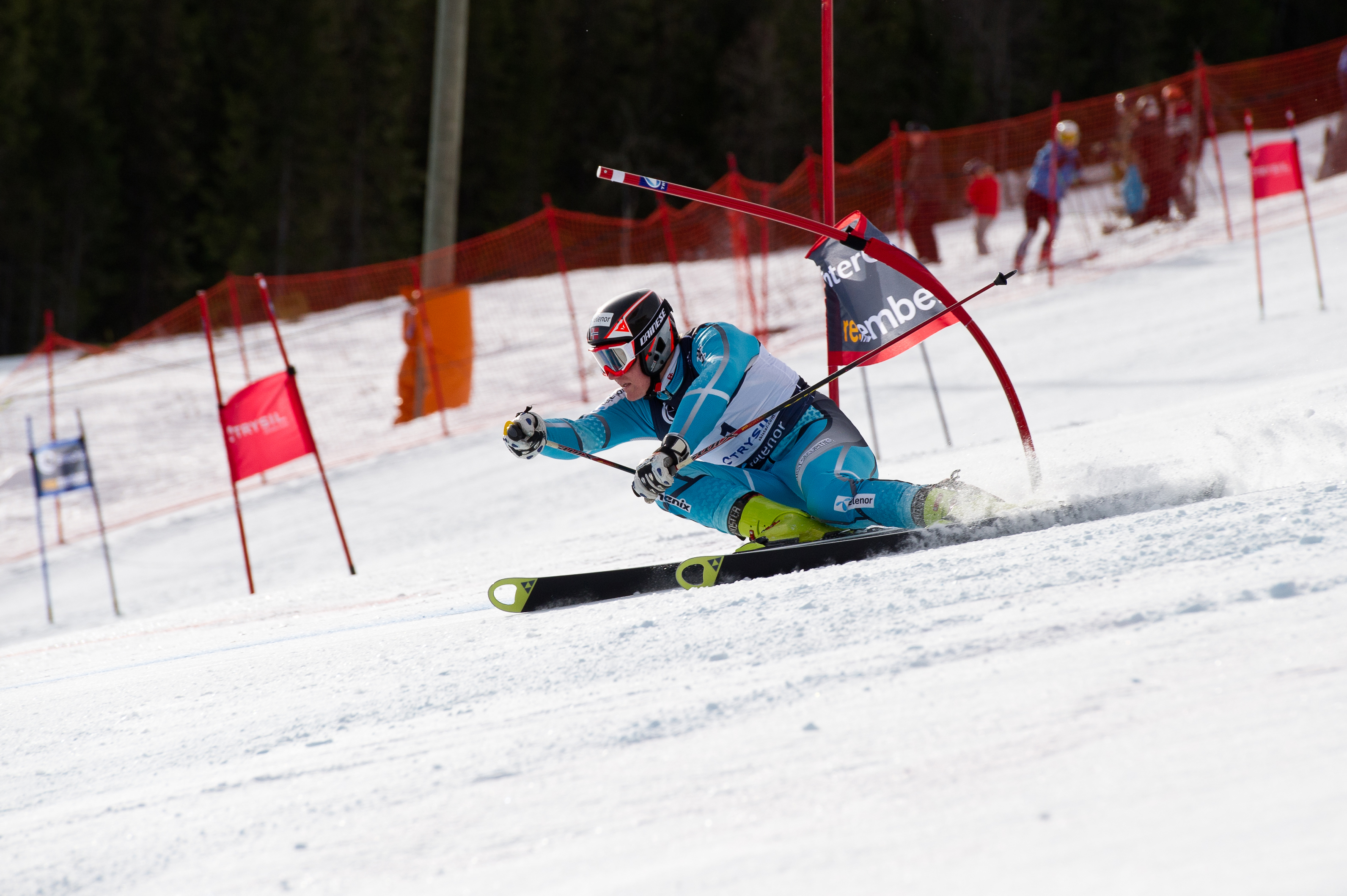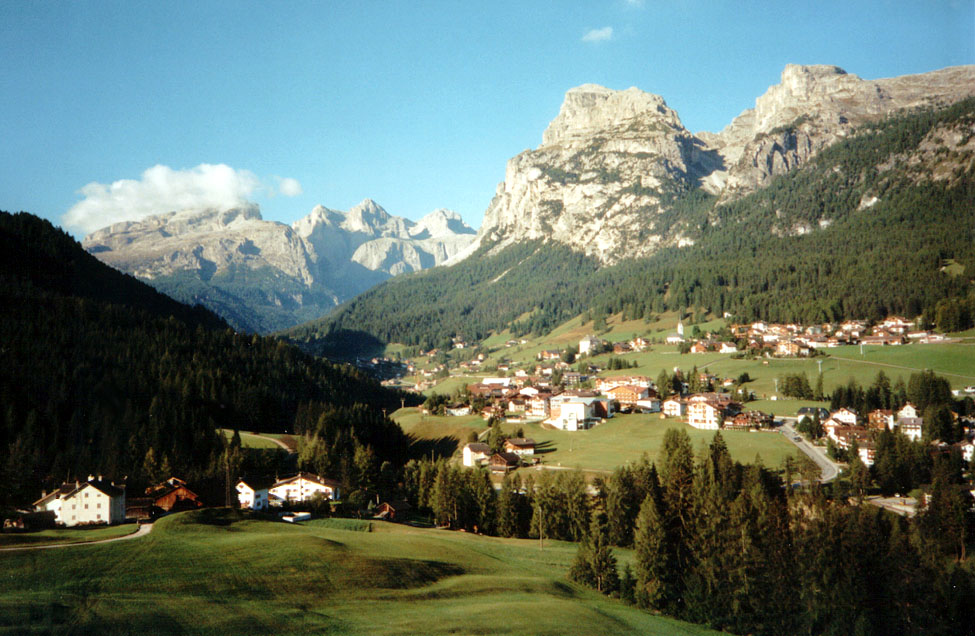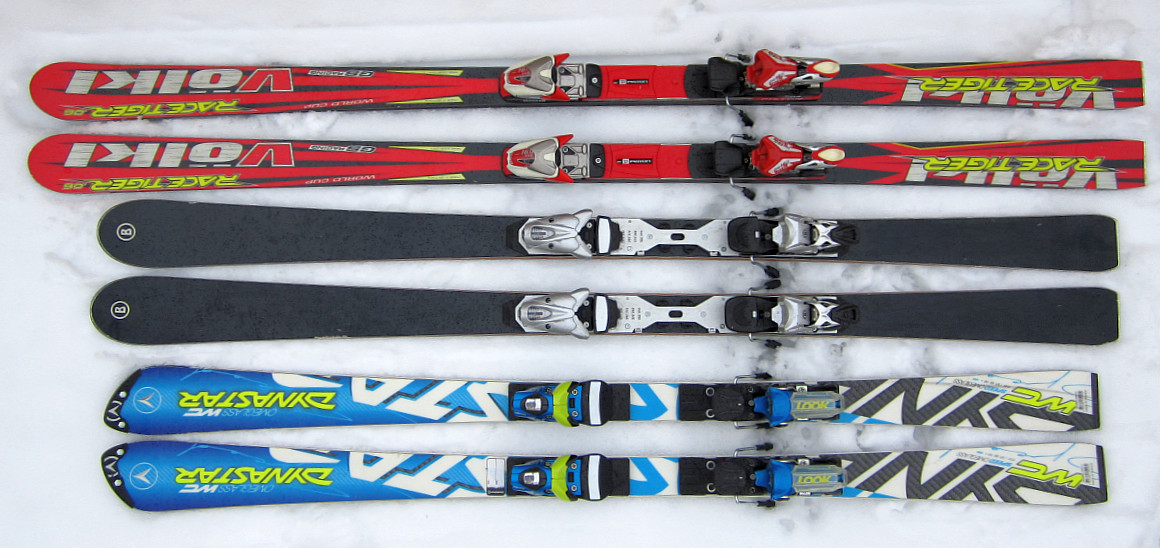|
Cyprien Richard
Cyprien Richard (born 27 January 1979) is a retired French World Cup alpine ski racer. Born in Thonon-les-Bains, Haute Savoie, Richard attained four World Cup podiums, all in giant slalom, with one victory, at Adelboden, Switzerland, a tie with Aksel Lund Svindal Aksel Lund Svindal (born 26 December 1982) is a Norwegian former World Cup alpine ski racer. Born in Lørenskog in Akershus county, Svindal is a two-time overall World Cup champion (2007 and 2009), an Olympic gold medalist in super-G at the 20 ... for first place. He was also French national champion in giant slalom World Cup Season standings Race podiums * 1 win – (1 GS) * 4 podiums – (4 GS) World Championships Olympics References External links * Cyprien RichardWorld Cup standings at the International Ski Federation * * * * * {{DEFAULTSORT:Richard, Cyprien French male alpine skiers Living people 1979 births Alpine skiers at the 2010 Winter Olympics Olympic alpine skiers of Fr ... [...More Info...] [...Related Items...] OR: [Wikipedia] [Google] [Baidu] |
Giant Slalom
Giant slalom (GS) is an alpine skiing and alpine snowboarding discipline. It involves skiing between sets of poles ("gates") spaced at a greater distance from each other than in slalom but less than in Super-G. Giant slalom and slalom make up the technical events in alpine ski racing. This category separates them from the speed events of Super-G and downhill. The technical events are normally composed of two runs, held on different courses on the same ski run. Course The vertical drop for a GS course must be for men, and for women. The number of gates in this event is 56–70 for men and 46–58 for women. The number of direction changes in a GS course equals 11–15% of the vertical drop of the course in metres, 13–18% for children. As an example, a course with a vertical drop of would have 33–45 direction changes for an adult race. Speed Although giant slalom is not the fastest event in skiing, on average a well-trained racer may reach average speeds of . Equipment ... [...More Info...] [...Related Items...] OR: [Wikipedia] [Google] [Baidu] |
Alpine Skiing
Alpine skiing, or downhill skiing, is the pastime of sliding down snow-covered slopes on skis with fixed-heel bindings, unlike other types of skiing ( cross-country, Telemark, or ski jumping), which use skis with free-heel bindings. Whether for recreation or for sport, it is typically practiced at ski resorts, which provide such services as ski lifts, artificial snow making, snow grooming, restaurants, and ski patrol. " Off-piste" skiers—those skiing outside ski area boundaries—may employ snowmobiles, helicopters or snowcats to deliver them to the top of a slope. Back-country skiers may use specialized equipment with a free-heel mode, including 'sticky' skins on the bottoms of the skis to stop them sliding backwards during an ascent, then locking the heel and removing the skins for their descent. Alpine skiing has been an event at the Winter Olympic Games since 1936. A competition corresponding to modern slalom was introduced in Oslo in 1886. Participants and v ... [...More Info...] [...Related Items...] OR: [Wikipedia] [Google] [Baidu] |
FIS Alpine World Ski Championships 2009 – Men's Slalom
Men's Slalom competition at the 2009 World Championships was run on February 15, the final race of the championships. Results {{DEFAULTSORT:FIS Alpine World Ski Championships 2009 - Men's slalom Men's slalom ... [...More Info...] [...Related Items...] OR: [Wikipedia] [Google] [Baidu] |
Alta Badia
Alta Badia is a ski resort in the Dolomites of northern Italy, in the upper part of the Val Badia (german: Hochabtei) in South Tyrol. It is part of the Dolomiti Superski ski area. It is included in the territories of the municipalities of Corvara, Badia, and La Val. Centered on Corvara, the extended area's lift-served summit elevation is on the Sella group, with an overall vertical drop of to Pedraces. The native language of the majority of the locals is Ladin. Alpine Skiing World Cup Alta Badia is a regular stop on the World Cup schedule, usually by the men in mid-December. Its giant slalom course, the classic ''Gran Risa'', is one of the most challenging on the circuit. In December 2012, the course had a vertical drop of , starting at and finishing at , near La Ila (La Villa) (). The race was won by Ted Ligety of the U.S., who also won two years earlier. Nearby World Cup venues are Val Gardena to the west (over Gardena Pass) and Cortina d'Ampezzo (over Valparola Pass) to t ... [...More Info...] [...Related Items...] OR: [Wikipedia] [Google] [Baidu] |
Giant Slalom Skiing
Giant slalom (GS) is an alpine skiing and alpine snowboarding discipline. It involves skiing between sets of poles ("gates") spaced at a greater distance from each other than in slalom but less than in Super-G. Giant slalom and slalom make up the technical events in alpine ski racing. This category separates them from the speed events of Super-G and downhill. The technical events are normally composed of two runs, held on different courses on the same ski run. Course The vertical drop for a GS course must be for men, and for women. The number of gates in this event is 56–70 for men and 46–58 for women. The number of direction changes in a GS course equals 11–15% of the vertical drop of the course in metres, 13–18% for children. As an example, a course with a vertical drop of would have 33–45 direction changes for an adult race. Speed Although giant slalom is not the fastest event in skiing, on average a well-trained racer may reach average speeds of . Equipme ... [...More Info...] [...Related Items...] OR: [Wikipedia] [Google] [Baidu] |
Bormio
Bormio ( lmo, Bormi, rm, italic=yes, , german: Worms im Veltlintal) is a town and ''comune'' with a population of about 4,100 located in the Province of Sondrio, Lombardy region of the Alps in northern Italy. The centre of the upper Valtellina valley, it is a popular winter sports resort. It was the site of the Alpine World Ski Championships in 1985 and 2005, and annually hosts the Alpine Ski World Cup. In addition to modern skiing facilities, the town is noted for the presence of several hot springs that have been tapped to provide water to three thermal baths. Geography Bormio lies in the northeast of the Lombardy region at the top of the Valtellina, a broad glacial valley formed by the Adda River that flows down into Lake Como. It is linked to other valleys via four passes: * South Tyrol via the Stelvio Pass * Val Müstair via the Umbrail Pass * Livigno via the Foscagno Pass * Ponte di Legno via the Gavia Pass History Due to its thermal baths at ''Bagni Vec ... [...More Info...] [...Related Items...] OR: [Wikipedia] [Google] [Baidu] |
2014–15 FIS Alpine Ski World Cup
The 49th World Cup season began on 25 October 2014, in Sölden, Austria, and concluded on 22 March 2015 at the World Cup finals in Meribel, France. The defending overall champions from the 2014 season - Marcel Hirscher and Anna Fenninger, both of Austria, defended their titles successfully. The season was interrupted by the World Championships in February, in the United States at Vail/ Beaver Creek, Colorado. Combined events were not awarded as a discipline trophy. Calendar Men Ladies Nation team event Men's standings ;Overall ;Downhill ;Super-G ;Giant slalom ;Slalom ;Alpine combined Ladies' standings ;Overall ;Downhill ;Super-G ;Giant slalom ;Slalom ;Alpine combined Nations Cup ;Overall ;Men ;Ladies Prize money ;Men ;Ladies Footnotes References External links FIS-ski.com: Alpine skiing, FIS World Cup [...More Info...] [...Related Items...] OR: [Wikipedia] [Google] [Baidu] |
2013–14 FIS Alpine Ski World Cup
The 48th World Cup season began on 26 October 2013, in Sölden, Austria, and concluded on 16 March 2014 at the World Cup finals in Lenzerheide, Switzerland. The defending overall champions from the 2013 season were Marcel Hirscher of Austria and Tina Maze of Slovenia. The overall titles were won by Hirscher and Anna Fenninger, also of Austria. The season was interrupted by the 2014 Winter Olympics that took place from 7 to 23 February in Sochi, Russia, with the alpine events at Rosa Khutor. Summary The men's title was won by Hirscher for the third time in a row, becoming the first man to achieve this since Phil Mahre in 1983. Hirscher secured the title after the second-to-last race of the season when he beat Aksel Lund Svindal of Norway, who did not compete in slalom. Svindal won both the downhill (second time in a row) and super-G titles (third time in a row). The giant slalom title went to Ted Ligety of the United States. Ligety and Hirscher shared the same number of points ... [...More Info...] [...Related Items...] OR: [Wikipedia] [Google] [Baidu] |
2013 Alpine Skiing World Cup
Thirteen or 13 may refer to: * 13 (number), the natural number following 12 and preceding 14 * One of the years 13 BC, AD 13, 1913, 2013 Music * 13AD (band), an Indian classic and hard rock band Albums * ''13'' (Black Sabbath album), 2013 * ''13'' (Blur album), 1999 * ''13'' (Borgeous album), 2016 * ''13'' (Brian Setzer album), 2006 * ''13'' (Die Ärzte album), 1998 * ''13'' (The Doors album), 1970 * ''13'' (Havoc album), 2013 * ''13'' (HLAH album), 1993 * ''13'' (Indochine album), 2017 * ''13'' (Marta Savić album), 2011 * ''13'' (Norman Westberg album), 2015 * ''13'' (Ozark Mountain Daredevils album), 1997 * ''13'' (Six Feet Under album), 2005 * ''13'' (Suicidal Tendencies album), 2013 * ''13'' (Solace album), 2003 * ''13'' (Second Coming album), 2003 * ''13'' (Ces Cru EP), 2012 * ''13'' (Denzel Curry EP), 2017 * ''Thirteen'' (CJ & The Satellites album), 2007 * ''Thirteen'' (Emmylou Harris album), 1986 * ''Thirteen'' (Harem Scarem album), 2014 * ''Thirtee ... [...More Info...] [...Related Items...] OR: [Wikipedia] [Google] [Baidu] |
2012 Alpine Skiing World Cup
1 (one, unit, unity) is a number representing a single or the only entity. 1 is also a numerical digit and represents a single unit of counting or measurement. For example, a line segment of ''unit length'' is a line segment of length 1. In conventions of sign where zero is considered neither positive nor negative, 1 is the first and smallest positive integer. It is also sometimes considered the first of the infinite sequence of natural numbers, followed by 2, although by other definitions 1 is the second natural number, following 0. The fundamental mathematical property of 1 is to be a multiplicative identity, meaning that any number multiplied by 1 equals the same number. Most if not all properties of 1 can be deduced from this. In advanced mathematics, a multiplicative identity is often denoted 1, even if it is not a number. 1 is by convention not considered a prime number; this was not universally accepted until the mid-20th century. Additionally, 1 is the ... [...More Info...] [...Related Items...] OR: [Wikipedia] [Google] [Baidu] |
2010 Alpine Skiing World Cup
1 (one, unit, unity) is a number representing a single or the only entity. 1 is also a numerical digit and represents a single unit of counting or measurement. For example, a line segment of ''unit length'' is a line segment of length 1. In conventions of sign where zero is considered neither positive nor negative, 1 is the first and smallest positive integer. It is also sometimes considered the first of the infinite sequence of natural numbers, followed by 2, although by other definitions 1 is the second natural number, following 0. The fundamental mathematical property of 1 is to be a multiplicative identity, meaning that any number multiplied by 1 equals the same number. Most if not all properties of 1 can be deduced from this. In advanced mathematics, a multiplicative identity is often denoted 1, even if it is not a number. 1 is by convention not considered a prime number; this was not universally accepted until the mid-20th century. Additionally, 1 is the s ... [...More Info...] [...Related Items...] OR: [Wikipedia] [Google] [Baidu] |
2009 Alpine Skiing World Cup
9 (nine) is the natural number following and preceding . Evolution of the Arabic digit In the beginning, various Indians wrote a digit 9 similar in shape to the modern closing question mark without the bottom dot. The Kshatrapa, Andhra and Gupta started curving the bottom vertical line coming up with a -look-alike. The Nagari continued the bottom stroke to make a circle and enclose the 3-look-alike, in much the same way that the sign @ encircles a lowercase ''a''. As time went on, the enclosing circle became bigger and its line continued beyond the circle downwards, as the 3-look-alike became smaller. Soon, all that was left of the 3-look-alike was a squiggle. The Arabs simply connected that squiggle to the downward stroke at the middle and subsequent European change was purely cosmetic. While the shape of the glyph for the digit 9 has an ascender in most modern typefaces, in typefaces with text figures the character usually has a descender, as, for example, in . The mod ... [...More Info...] [...Related Items...] OR: [Wikipedia] [Google] [Baidu] |





